
All categories
Featured selections
Trade Assurance
Buyer Central
Help Center
Get the app
Become a supplier

(14127 products available)
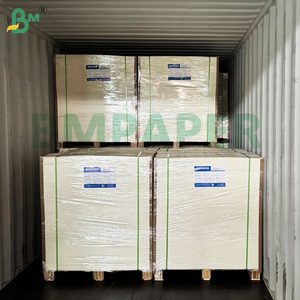


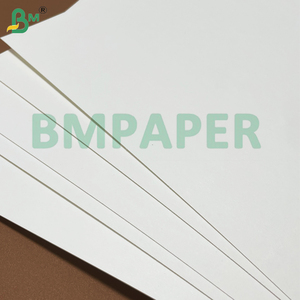





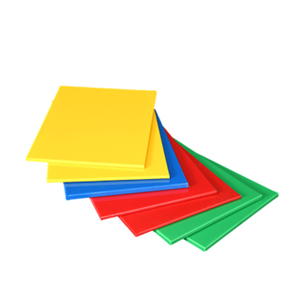









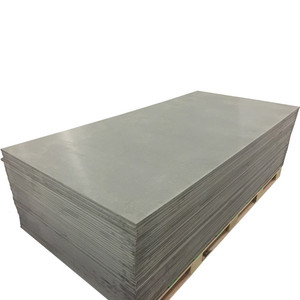


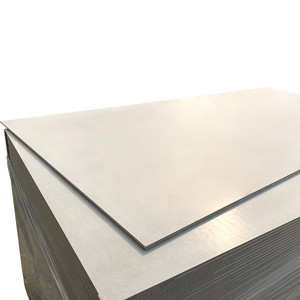

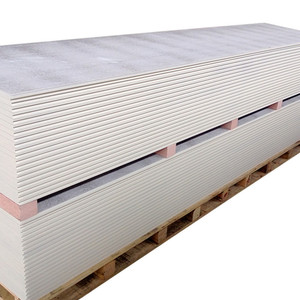

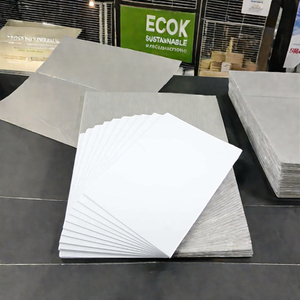
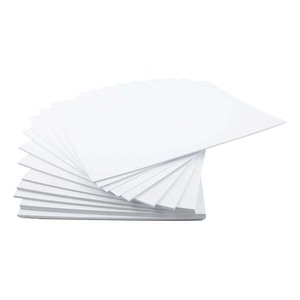

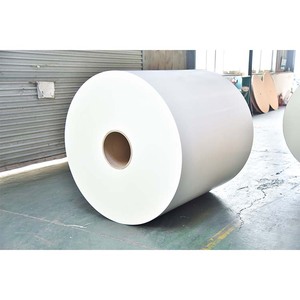
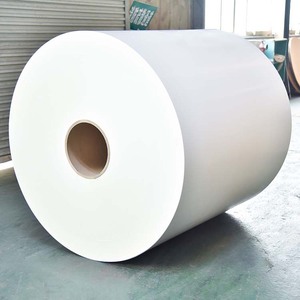

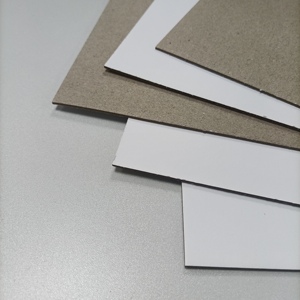


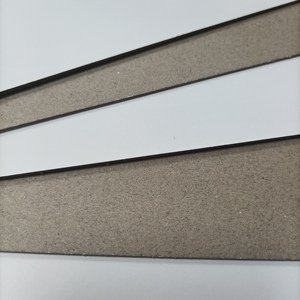

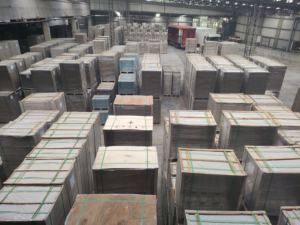
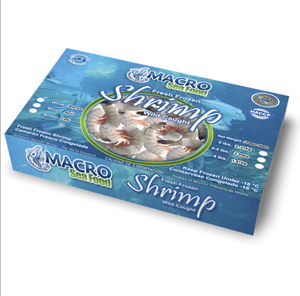
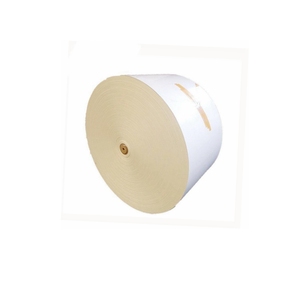
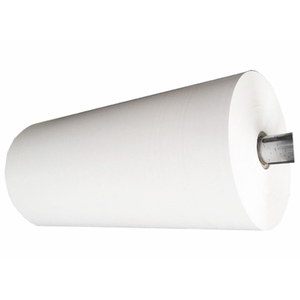



PE coated boards are available in diverse types. They include:
Single-sided PE Coated Board
This type of coated board comes with a polyethylene application on a single-side paper surface. This makes it ideal for utilizations where only one-side moisture and grease retardation is requisite. It is commonly used in food packaging such as trays, plates, and take-out containers. This is due to their ability to inhibit liquids and support the structural integrity of the products.
Double-sided PE Coated Board
Double-sided polyethylene coated paper comes with a coating on both sides. It offers enhanced protection against moisture, grease, and chemicals compared to single-sided boards. This type of board is usually necessary in applications requiring additional durability and retardance on both sides. Common uses include cartons for wet and frozen food products and beverage containers.
Bleached Coated Board
This type of board is usually made from bleached pulp slurry that comes with a smooth, bright-white coating on the surface. Most bleached PE coated paper boards are attractive and can be easily printed. This makes them suitable for high-end packaging applications. Such applications include cosmetics, electronics, and other retail products where aesthetic appeal is very essential.
Grey Back Coated Board
The grey-back coated board comes with a greyish backing that is ideally designed for cost-effective packaging solutions. These boards have a PE coating on one or both sides and offer reliable retardance. The coated board’s grey back is made from recycled pulp. This provides an economical alternative for packaging applications where advanced visual appeal is not essential. These boards are commonly used in shipping boxes and industrial packaging.
Semi-chemical Coated Board
This board type is reinforced for strength and usually comes with a PE coating. It is manufactured using a semi-chemical pulping process that enhances its durability and rigidity. These boards are specifically designed for heavy-duty applications. Such uses include siding, roofing, and other construction-based projects that require both exposure to the elements and cleanup capabilities.
PE coated boards come with multiple materials and robust durability. These include:
Paperboard Base
The primary material used for PE coated boards is usually paperboard. The paperboard is mainly characterized by its large thickness and versatility as a packaging material. Most paperboards are developed using virgin or recycled pulp. This provides a sustainable base that is ultimately strong and rigid. The selection between bleached and unbleached pulp also affects the board's whiteness and smoothness. This makes them suitable for diverse applications’ unforeseeable requirements.
Polyethylene Coating
The polyethylene coating is usually extruded or applied viaInterstitial PE coated paper surfacing. The polyethylene jacket fuses into the paperboard fibers. This creates a strong bond that integrates the two components seamlessly. Polyethylene comes in diverse thicknesses. These include low-density polyethylene (LDPE) and high-density polyethylene (HDPE). Each of the types offers special benefits in terms of flexibility, strength, and retardance.
Grease and Oil Resistance
One of the key durability features of PE coated boards is their capability to resist grease and oils. The polyethylene coating acts as a barrier, preventing oils from food or other substances from penetrating the paper fibers. This feature preserves the board's structural integrity and keeps seeping unfriendly liquids especially in food packaging. Such applications include takeout containers and food trays.
Moisture Resistance
Moisture retardance is essential for extending the shelf life of products exposed to varying humidity levels. The polyethylene coating on both sides of the paperboard base creates a water-resistant barrier. This prevents moisture from entering the paper fibers and causing degradation. Hence, these boards are ideal for packaging applications for perishable products. Such products include fresh produce, dairy products, and frozen foods.
Chemical Resistance
PE coated boards also have resistance against chemicals like acids and bases. The polyethylene coating typically provides a barrier against chemical substances. This shields the paperboard from adverse effects and expanded utilization potential in diverse industries. These include agriculture, chemicals, and cleaning products. Moreover, this chemical resistance comes with an added value of environmental responsibility. This is by incorporating recycled pulp in the manufacture of paperboard.
PE coated boards are designed and customized for diverse branding and functional effectiveness. These include:
Printing Capabilities
PE coated boards come with a smooth and glossy finish that enhances their printing capabilities. These capabilities are ideal for colorful graphics and vibrant illustrations. This makes them suitable for high-quality packaging in multifarious retail-based environments. Whether offset, digital, or flexographic printing, coated boards accommodate varied techniques to achieve desired visual outcomes. This includes brand logos, product information, and marketing messages.
Board Thickness and Sizing Options
The board's thickness typically ranges from 200 to 500 microns. It allows for multifarious levels of flexibility and rigidity, depending on the application in use. Custom sizing options are also available for PE coated boards. These options make sure they meet specific packaging requirements. Such requirements include folding cartons, displays, or food packaging and can be adjusted to fit diverse product dimensions snugly.
Finishing Options
Further customization of PE coated paper includes finishing touches that add sensory and functional appeal. These options comprise matte or gloss finishes, UV coatings, and embossing. Embossing not only enhances the board's aesthetic qualities but also its tactile properties. This makes the packaged products visually appealing and more premium. These premium attributes improve the customer experience and reinforce brand identity.
Die-Cutting and Shaping
PE coated boards can also be die-cut into diverse shapes and designs. This provides creative flexibility in their packaging solutions utilization. This is particularly useful for creating unique containers, product holders, or point-of-sale displays. Opting for a custom die-cut can make a significant difference in unboxing experiences or in standing out on crowded retail shelves.
Selecting a suitable waterproof coated paper involves balancing multiple factors. Here are some factors to consider:
Coating Type
Coating types immensely influence the board’s properties. PE coatings are available in divergent densities. Each offers a unique level of retardance and flexibility. Low-density polyethylene provides enhanced flexibility. This makes it ideal for food packaging that requires a certain level of curvature for safekeeping. Conversely, high-density polyethylene offers more rigid and robust retardance. This makes it suitable for heavy-duty packaging applications.
Sustainability Considerations
Normally, sustainability is a priority when choosing coated boards. They are manufactured using virgin and recycled pulp. Some manufacturers offer eco-friendly polyethylene coatings. These are manufactured using bioplastics sourced from renewable biomaterial like cornstarch. This minimizes environmental impact. Additionally, choosing boards with certifications like FSC (Forest Stewardship Council) can come in handy to ascertain responsible sourcing practices. This is indispensable for businesses prioritizing green values.
Temperature Resistance
PE coated board paper is ideal for products exposed to variable temperatures. Such products include frozen goods or electronics. For instance, certain PE coated paper varieties are specifically engineered to withstand extreme cold without becoming brittle. On the other hand, others can endure heat without deforming. Hence, selecting a board with the requisite temperature resistance ensures the packaged products are protected during storage and transit under adverse environments.
Board Weight
PE coated paper is available in multiple weights that affect their stiffness and usability. Lighter weights offer more flexibility. This makes them easy to fold or shape during packaging. Heavier weights, on the other hand, provide greater strength and support. This is much needed for heavier products. Knowing the ideal weight for a specific application helps maintain product safety and improves handling efficiency.
End-Use Application
The end-use of packaging greatly influences the type of PE coated board to use. For food packaging, single-sided or double-sided PE coatings provide the very essential retardance required to dispose of moisture and grease. Conversely, industries like construction or manufacturing may require more robust coated boards. These are capable of bearing heavy weights or unfriendly elements. In such scenarios, uncoated paper can also work well.
A1: Yes, polyethylene-coated paper can be recycled. However, the PE coating usually complicates the recycling process. This is due to the need for separation of plastic from paper fibers. Nonetheless, some recycling facilities are well equipped to handle such coated papers. They utilize specialized processes that detach the coatings and reuse the fibers for new paper products. Recycling options for PE coated boards largely depend on local recycling capabilities and infrastructure.
A2: Yes, PE coated boards are ideal for outdoor use. The polyethylene coatings give them resistant properties against moisture, UV rays, and varying weather elements. These features make the boards durable for applications such as signage, construction, and outdoor packaging. All of which may be exposed to outdoor environments.
A3: PE coated boards normally require minimal maintenance. This is especially if they are used for outdoor applications. They can easily be wiped clean if used for signage or displays. Moreover, they are designed to resist dirt and water accumulation. In cases where they are used for food packaging, these boards are usually disposed of after a single use. Hence, maintenance and care for these boards depend on their specific utilization. More so, projected lifespan, and exposure conditions.
A4: Yes, PE coated boards have a direct impact on product shelf life. The coatings act as barriers to moisture and oxygen. This helps in maintaining the freshness of the products and inhibiting spoilage. Foods, for example, benefit from this extended shelf life since the coatings retard spoilage agents. This protects them from rot and enhances the appeal of the overall packaging. Further advances to the packaging, such as high-retardance PE coatings, can delay spoilage. This is ideal for products requiring elongated storage and transport durations.